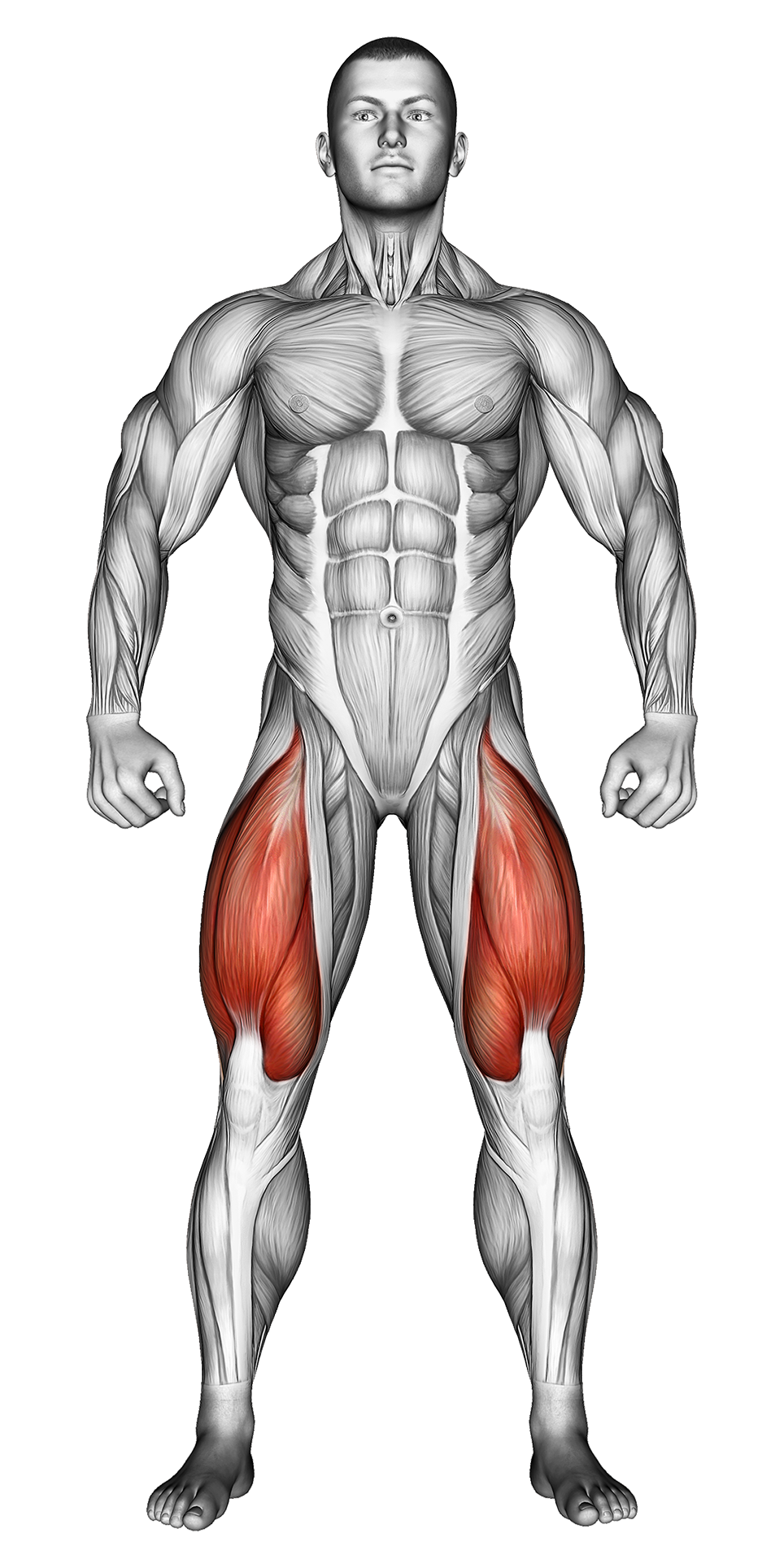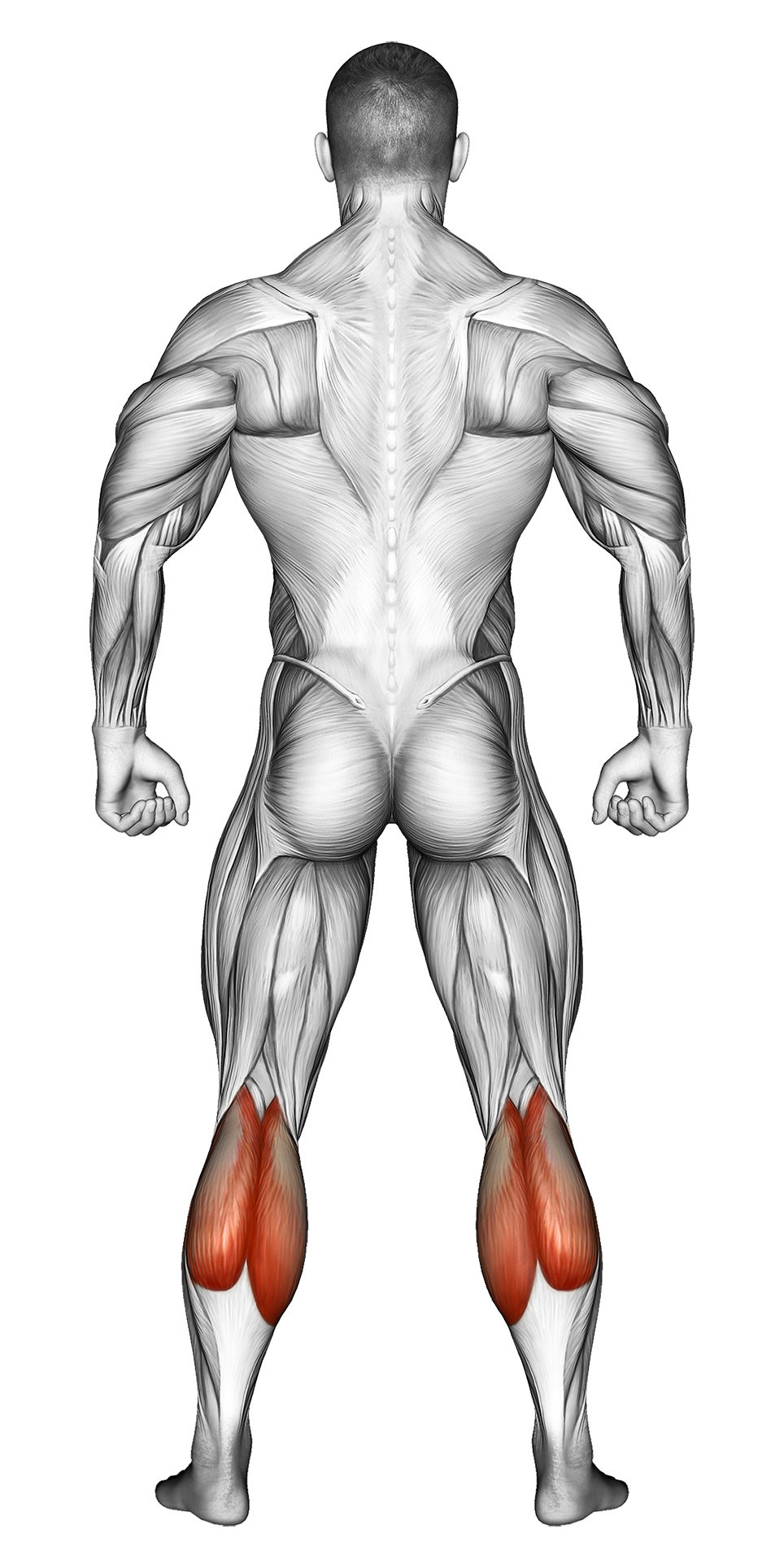Low Bar Back Squat: Video Tutorial & Exercise Guide

Written By: Ether Brown
Updated: Oct 13, 2024
| Workout | Low Bar Back Squat |
| Primary Muscle Group | Quads |
| Secondary Muscle Group | Calves, Glutes |
| Equipment Required | Barbell |
| Force Type | Push |
| Mechanics | Compound |
| Exercise Type | Strength |
| Difficulty | Intermediate |
Low Bar Back Squat: Video Tutorial & Exercise Guide
- 1.Low Bar Back Squat: Muscle Groups
- -1.1Primary Muscle Group
- -1.2Secondary Muscle Group
- 2.Low Bar Back Squat: Step-by-Step Guide
- 3.Low Bar Back Squat: Overview
- 4.Low Bar Back Squat: Benefits
- 5.Low Bar Back Squat: Pro Tips & Advanced Techniques
- 6.Low Bar Back Squat: Progression Plan
- 7.Low Bar Back Squat: Frequently Asked Questions (FAQs)
Low Bar Back Squat: Step-by-Step Guide
- Step 1: Position the barbell lower on your back, resting it across your rear deltoids (just below the shoulder blades). Grip the bar slightly wider than shoulder-width, pulling your elbows back to create a shelf for the bar.
- Step 2: Stand tall and lift the bar off the rack by extending your legs. Take 1-2 steps back into your starting position with feet shoulder-width apart and toes slightly pointing outward.
- Step 3: Engage your core and maintain a neutral spine. Begin the squat by pushing your hips back and bending your knees, keeping your chest up and your back flat.
- Step 4: Lower yourself until your hips are slightly below parallel to your knees, ensuring your knees are tracking over your toes. Your weight should be distributed evenly across your feet.
- Step 5: Push through your heels to rise back to the starting position, driving your hips forward and straightening your legs. Keep your core engaged and maintain control of the bar throughout the movement.
Low Bar Back Squat: Overview
The Low Bar Back Squat is a variation of the traditional back squat that places the barbell lower on the back, shifting the focus more toward the posterior chain, particularly the glutes, hamstrings, and lower back. This positioning allows lifters to squat heavier weights due to the more horizontal torso angle and greater engagement of the posterior chain.
This squat variation is popular in powerlifting and strength training due to its potential for building maximal strength and improving performance in lifts like the deadlift. It is ideal for athletes looking to increase their overall lower body strength, especially in the hamstrings and glutes.
Low Bar Back Squat: Benefits
The low bar back squat primarily targets the posterior chain, engaging the glutes, hamstrings, and lower back more than the high bar variation, which emphasizes the quadriceps. This makes it a highly effective exercise for building hip and hamstring strength.
Because of the bar placement, lifters can often handle heavier loads compared to the high bar squat, making it an excellent exercise for improving maximal strength and power. The low bar squat also reduces stress on the knees by promoting more hip flexion and less forward knee travel, which can be beneficial for those with knee issues.
Additionally, this squat variation improves core stability and strength, as maintaining proper form under heavy loads requires significant engagement of the abdominal and lower back muscles.
Low Bar Back Squat: Pro Tips & Advanced Techniques
Focus on pushing your hips back at the start of the movement to fully engage the posterior chain. Keep your chest up and avoid rounding your lower back as you squat. For an advanced variation, try adding pause squats at the bottom of the movement or incorporate tempo squats to increase time under tension. Ready to build serious strength? Let’s squat!
Low Bar Back Squat: Progression Plan
Beginner
Intermediate
Advanced
Low Bar Back Squat: Frequently Asked Questions (FAQs)
What muscles do Low Bar Back Squats target?
+Low bar back squats primarily target the posterior chain, including the glutes, hamstrings, and lower back, while also engaging the quadriceps and core for stability.
Are Low Bar Back Squats suitable for beginners?
+Yes, but beginners should focus on proper form and bar positioning before adding significant weight. Starting with lighter loads allows beginners to master the movement without compromising their posture or technique.
How can I make Low Bar Back Squats more challenging?
+To make low bar squats more challenging, you can increase the weight, slow down the tempo of the squat, or add pause squats at the bottom of the movement. You can also combine low bar squats with accessory exercises like deadlifts or lunges for a more intense workout.
How often should I include Low Bar Back Squats in my workout routine?
+Low bar back squats can be included 2-3 times per week, depending on your training goals. They can be part of your lower-body or full-body workout routine, alongside other compound lifts like deadlifts and lunges.
What common mistakes should I avoid when doing Low Bar Back Squats?
+Avoid leaning too far forward or rounding your back. Ensure the bar is securely positioned on your rear deltoids and maintain a strong, neutral spine throughout the movement. Push your hips back first to engage your posterior chain effectively.
Share
Don’t Wish for It, Work for It – Join the FlexXP Newsletter Today!
Thank you for signing up for the FlexXP Newsletter!
This site is protected and the Google Privacy Policy and Terms of Service apply.


